Related Research Articles

Panaji is the capital of the Indian state of Goa and the headquarters of North Goa district. Previously, it was the territorial capital of the former Portuguese India. It lies on the banks of the Mandovi river estuary in the Tiswadi sub-district (taluka). With a population of 114,759 in the metropolitan area, Panaji is Goa's largest urban agglomeration, ahead of Margao and Mormugao.
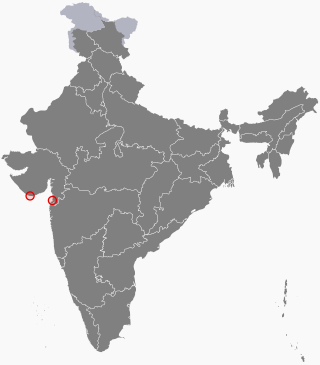
Daman and Diu was a union territory in northwestern India. With an area of 112 km2 (43 sq mi), it was the smallest administrative subdivision of India on the mainland. The territory comprised two districts, Daman and Diu island, geographically separated by the Gulf of Khambat. The state of Gujarat and the Arabian Sea bordered the territory. A Portuguese colony since the 1500s, the territories were taken by India with the Annexation of Goa in 1961. Daman and Diu were administered as part of the union territory of Goa, Daman and Diu between 1961 and 1987. After the Goa Opinion Poll, they became a separate union territory. In 2019, legislation was passed to merge the union territory of Daman and Diu with its neighbouring union territory, Dadra and Nagar Haveli, to form the new union territory of Dadra and Nagar Haveli and Daman and Diu with effect from 26 January 2020.

The history of Goa dates back to prehistoric times, though the present-day state of Goa was only established as recently as 1987. In spite of being India's smallest state by area, Goa's history is both long and diverse. It shares a lot of similarities with Indian history, especially with regard to colonial influences and a multi-cultural aesthetic.
The Other Backward Class (OBC) is a collective term used by the Government of India to classify castes that are educationally or socially backward. It is one of several official classifications of the population of India, along with general castes, Scheduled Castes and Scheduled Tribes (SCs and STs). The OBCs were found to comprise 52% of the country's population by the Mandal Commission report of 1980 and were determined to be 41% in 2006 when the National Sample Survey Organisation took place. There is substantial debate over the exact number of OBCs in India; it is generally estimated to be sizable, but many believe that it is higher than the figures quoted by either the Mandal Commission or the National Sample Survey.
The Konkani people are an Indo-Aryan ethnolinguistic group native to the Konkan region of the Indian subcontinent who speak various dialects of the Konkani language. Konkani is the state language of Goa and also spoken by populations in Karnataka, Maharashtra, Damaon and Kerala. Other Konkani speakers are found in Gujarat state. A large percentage of Konkani people are bilingual.
The caste system in Goa consists of various Jātis or sub-castes found among Hindus belonging to the four varnas, as well as those outside of them. A variation of the traditional Hindu caste system was also retained by the Goan Catholic community.

The Saptakoteshwar temple at Narve in Goa, India, is considered to be one of the six great sites of temples of Shiva in the Konkan area.
The caste system among South Asian Christians often reflects stratification by sect, location, and the caste of their predecessors. There exists evidence to show that Christian individuals have mobility within their respective castes. But, in some cases, social inertia caused by their old traditions and biases against other castes remain, causing caste system to persist among South Asian Christians, to some extent. Christian priests, nuns, Dalits and similar groups are found in India, Pakistan, Bangladesh, and Nepal.
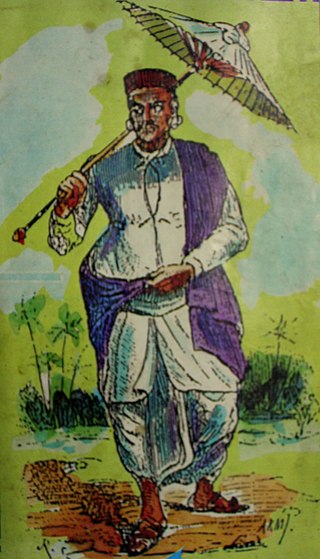
The Daivadnya Brahmin,, is a community from Goa and Karnataka, who claim to have descended from Vishwakarma. Although they claim themselves to be Brahmins and some sources mention them as Brahmin as well, these claims are mostly not accepted by others including local Brahmin castes. They are native to the Konkan and are mainly found in the states of Goa and Damaon, Canara, coastal Maharashtra, and Kerala. Daivadnyas in the state of Maharashtra and Karnataka are classified by National Commission for Backward Classes as an Other Backward Class.
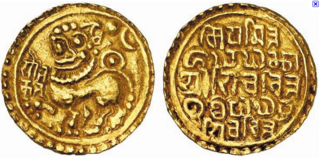
The Kadambas of Goa were a dynasty during the Late Classical period on the Indian subcontinent, who ruled Goa from the 10th to the 14th century CE. They took over the territories of the Shilaharas and ruled them at first from Chandor, later making Gopakapattana their capital.
Roman Catholic Brahmin is a caste among the Goan, Bombay East Indian and Mangalorean Catholics who are descendants of Konkani Brahmin converts to the Latin Catholic Church, in parts of the Konkan region that were annexed into the Portuguese East Indies, with the capital (metropole) at Velha Goa, while Bombay was the largest territory (province) of Portuguese India. They retain some of the ethno-social values and customs of their ancestors, and most of them exhibit a noticeable hybrid Latino-Concanic culture. They were known as the Brahmins among the "New Christians".
A Goan temple is known as a dēvūḷ (देवूळ) or sansthān (संस्थान) in the Konkani language. These temples were once the centres of villages, cities, and all the other social, cultural and economic gatherings in Goa. These were known as grāmasansthās (ग्रामसंस्था) in Konkani.
Vishnupalita Kambhoja finds reference in the Buddhist inscriptions found at Mhar or Mahad in Kolaba district of Maharashtra, in Bombay Presidency. Kanbhoja of the inscriptions is same as the Kambhoja or Kamboja of ancient Sanskrit and Pali texts and of king Asoka’s Rock Edicts. The prince is believed to have ruled in Kolaba, probably around the 2nd century CE.

The indigenous population of the erstwhile Portuguese colony of Goa, Daman and Diu underwent Christianisation following the Portuguese conquest of Goa in 1510, which was followed by the Goa Inquisition from 1560 onwards. The converts in the Velhas Conquistas to Roman Catholicism were then granted full Portuguese citizenship. Almost all present-day Goan Catholics are descendants of these native converts; they constitute the largest Indian Christian community of Goa state and account for 25 percent of the population.
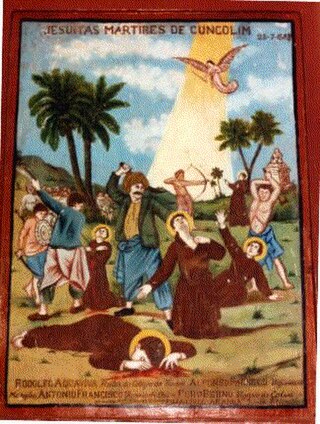
Roman Catholic Kshatriyas are a modern Christianised caste among Goan, Bombay East Indian, Mangalorean, Kudali & Karwari Catholics. They are patrilineal descendants of Kshatriya and Vaishya Vani converts to the Latin Church, in parts of the Konkan region that were under Portuguese Goan rule. They are known as Chardo in Goan Konkani, Charodi in Canarese Konkani & as Sandori or Vadval in Damanese and Mahraashtrian Konknni, while others also identify as Bhandari or Khatri in their Bombay East Indian dialects.

The Christian population of Goa is almost entirely Goan Catholics, whose ancestors converted to Christianity during the Portuguese rule in India. Christianisation followed the Portuguese conquest of Goa in 1510, which was followed by the Goa Inquisition from 1560 onwards. The Hindu population is mostly descended from immigrants from other states of India, who have been arriving in Goa since the last century There is a higher proportion of Christians in Velhas Conquistas than in Novas Conquistas.
Madval, sometimes also known as Dhobi, is a washerman community of Goa and rest of the Konkan. They claim to be Rajakas.The occupation of washermen is hereditary. The services of washermen are essential for the people of the urban as well as rural areas alike. They have their own localities which are sometimes gifted to them by the temples for the services they render and agriculture farmers.
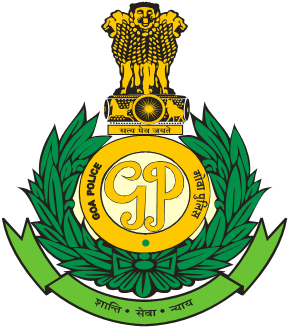
The Goa Police is the law enforcement agency for the state of Goa in India.

The Twelfth Amendment of the Constitution of India, officially known as The Constitution Act, 1962, incorporated Goa, Daman and Diu as the eighth Union territory of India, by amending the First Schedule to the Constitution. India acquired control of Goa, Daman and Diu from Portugal in December 1961. The amendment also amended clause (1) of article 240 of the Constitution to include therein these territories in order to enable the President to "make regulations for the peace, progress and good government of the territory".
Shrinivas S. Vaishya is an Indian physician and the former Director of medical and health services at the Union Territory of Daman and Diu. He was honored by the Government of India, in 2012, with the fourth highest Indian civilian award of Padma Shri.
References
- ↑ Gazetteer of the Union Territory Goa, Daman and Diu: district gazetter by Vithal Trimbak Gune, Goa, Daman and Diu (India). Gazetteer Dept, published by Gazetteer Dept., Govt. of the Union Territory of Goa, Daman and Diu, 1979
- ↑ Tulpule, S.G. Pracina Mqrathi koriva lekha. pp. 271–276.
- ↑ Mitragotri, Vithal Raghavendra (1999). A socio-cultural history of Goa from the Bhojas to the Vijayanagara. Institute Menezes Braganza. pp. 68–69.
- ↑ "HC strikes down GR to include two sub-castes in OBCs". Hindustan Times. 2 October 2010. Retrieved 19 July 2023.
- ↑ "National Commission for Backward Classes". www.ncbc.nic.in. Retrieved 19 July 2023.